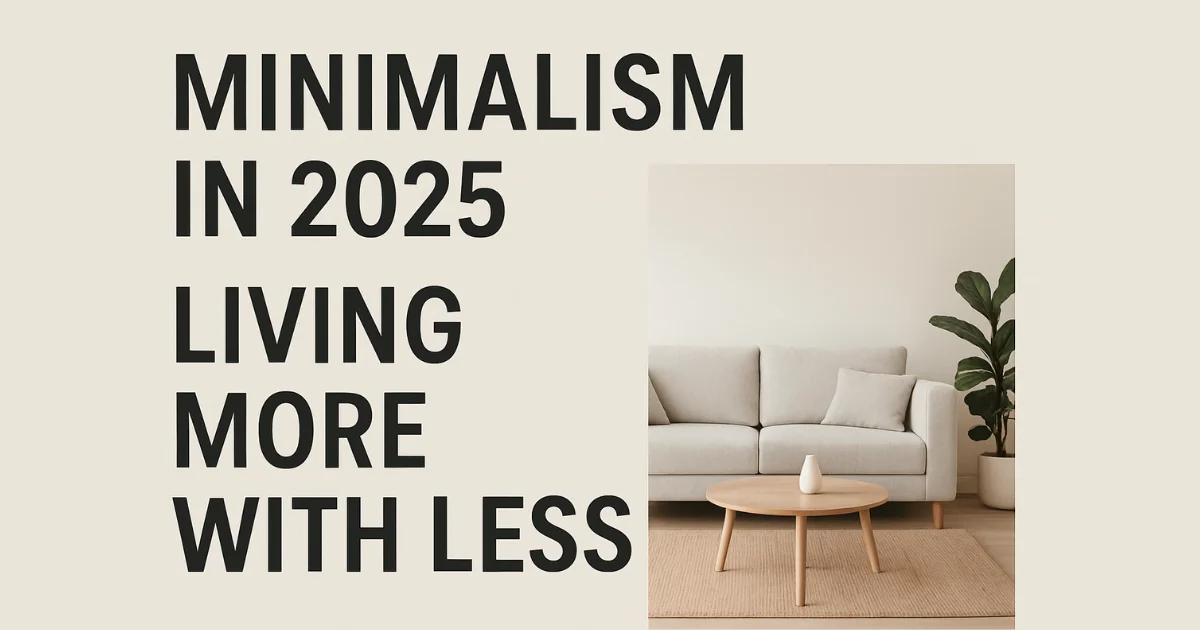Making a website can seem hard, especially if you’re new to it. This guide will show you how to establish a website step by step, whether you’re beginning a blog, an online store, or a portfolio. By the conclusion, you’ll know exactly how to make a website from scratch and what tools you need to do it well.
Introduction to Website Development
What Is Website Development?
Building and keeping up with websites is what website development is all about. It covers everything from making the layout to writing code, evaluating performance, and making sure your site works on all devices. It might be front-end, back-end, or full-stack work, depending on what you know and what the project needs.
Importance of Having a Website in 2025
A website isn’t just a luxury in 2025; it’s a must-have. Having an online presence helps you connect with your audience, show off your work, and build your credibility, whether you’re a freelancer, business owner, or student. Most businesses are now online, so having a website is like having a store open all the time.
Types of Website Development
Front-End Development
This includes what users see and do. Front-end development relies heavily on HTML, CSS, and JavaScript. The goal is to make a user interface that looks good and works well.
Back-End Development
The server side is what back-end development is all about. This includes taking care of servers, databases, and application logic. In this field, languages like Python, PHP, and Node.js are very popular.
Full-Stack Development
A full-stack developer works on both the front end and the back end. They can make full web apps and generally employ frameworks like MERN (MongoDB, Express, React, Node.js).
Essential Technologies in Web Development
HTML, CSS, and JavaScript
These three are what make up the core of every website. HTML gives your content structure, CSS gives it style, and JavaScript makes it interactive.
Frameworks and Libraries (React, Angular, Laravel)
Frameworks speed up the process of making things. React is great for dynamic interfaces, Angular has all the features you need, and Laravel makes PHP development easier.
Programming Languages: Python, PHP, and Ruby
These languages help with background logic, getting data from databases, and processing user input. PHP is popular for CMS platforms, while Python is popular for its ease of use and potential to grow.
Step-by-Step Process to Build a Website
Frameworks speed up the process of making things. React is great for dynamic interfaces, Angular has all the features you need, and Laravel makes PHP development easier.
Step 1: Planning and Setting Goals
Set clear goals for your website, including who it is for and what it does. Is it going to be a blog, an e-commerce site, or a portfolio?
Step 2: Designing the Website Layout
You can either draw wireframes or use programs like Figma and Adobe XD. Keep the design simple and focused on the user.
Step 3: Developing the Front-End and Back-End
Write the HTML, CSS, and JavaScript for the front end. For the back end, connect to a database and make sure the logic works well.
Step 4: Testing and Deployment
Check your website for problems, how well it works, and how well it works with other sites. Use things like Google Lighthouse or BrowserStack. Finally, use services like Netlify, Vercel, or shared hosting to deploy.
Choosing the Right Development Tools
Code Editors: VS Code, Sublime Text
VS Code and Sublime Text are two examples of code editors.
Developers love VS Code because it has extensions, debugging tools, and Git integration. Sublime is quick and light.
Version Control Systems (Git & GitHub)
Version control makes it easier to keep track of changes. GitHub also lets people work together, keep track of bugs, and set up deployment processes.
Website Builders vs Manual Coding
Platforms like Wix and Squarespace are easy to use for beginners because you can drag and drop things. You may customize and manage more with manual code.
Understanding Domain Names and Hosting
Registering a Domain Name
Choose a domain that reflects your brand. Use registrars like GoDaddy, Namecheap, or Google Domains.
Types of Web Hosting Services
Shared Hosting: Cost-effective but limited.
VPS Hosting: More control and resources.
Dedicated Hosting: Full control, ideal for high-traffic sites.
Cloud Hosting: Scalable and modern, ideal for startups.
Conclusion
In the end, this is where your journey begins.
Making a website doesn’t have to be scary. The most important thing is to start small and keep learning, whether you’re utilizing a builder or doing full-stack development. With this whole introduction for beginners to website construction, you can now confidently build and keep up your own website. Take the first step today and make your digital dreams come true.
Frequently Asked Questions about
Do I need to know how to code to make a website?
No. You don’t need to know how to code to make a website with a website builder or CMS like WordPress.
No. You don't need to know how to code to make a website with a website builder or CMS like WordPress.
Keep pets indoors and ensure they have identification tags. Pack their food, medications, and comfort items in your emergency kit.
What is the least expensive approach to make a website?
To save money, use free CMS like WordPress, free hosting like GitHub Pages, and domain bargains.
Should you utilize WordPress or write your own code?
Most people find WordPress faster and easier to operate, but custom coding gives you more options.

Business Consultant | Web designer & Developer | Social media Manager | SEO | Passionate Learner, I am deeply passionate about learning and continuously improving my skills.
My interests are diverse, ranging from music and singing to computers and programming languages, digital art, AI




